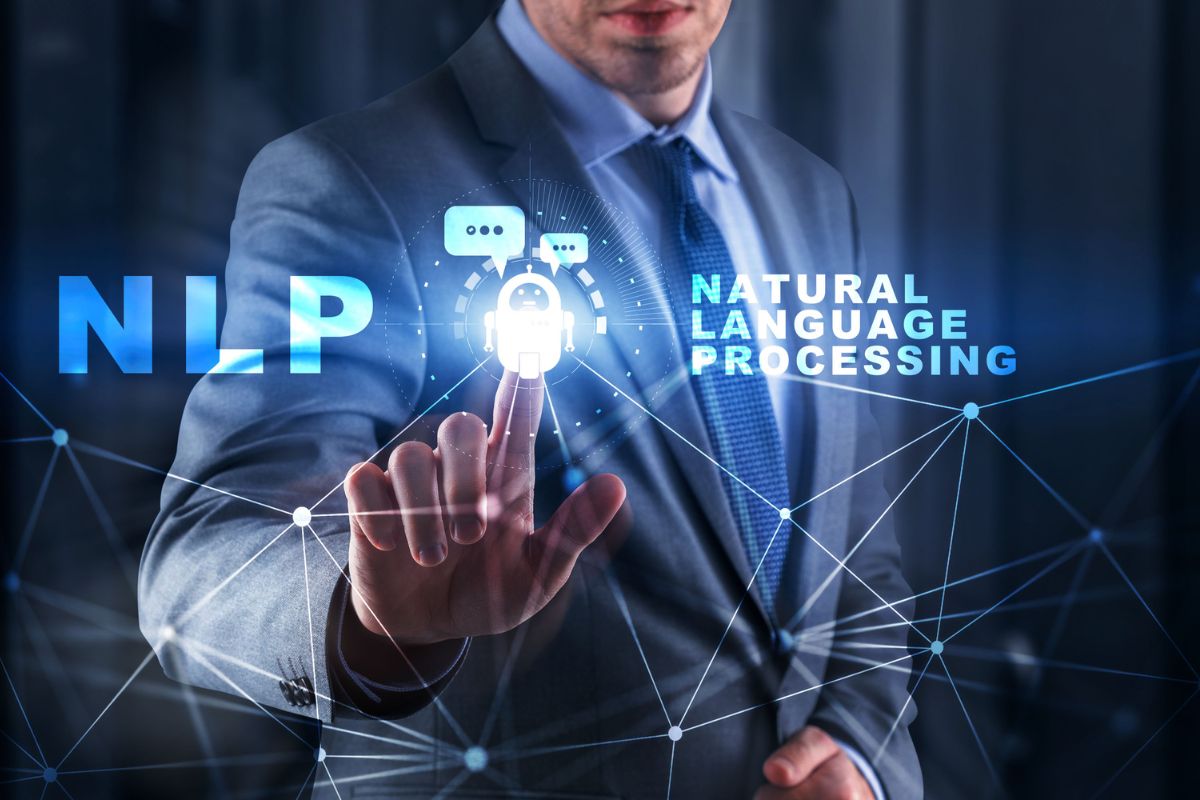How are text and data annotation services used in support of NLP-based applications? Well, NLP is among the most essential technologies that serve as the backbone for AI development. In that manner, it powers applications such as chatbots, language translation services, and search engines with their respective complex systems that rely so much on being able to process language data. It involves tagging the text, audio, and visual data in a way that can be understood and made use of by machines to work competently in processing human language into meaning.
What is Data Annotation?
Data annotation is a labeling process that, at a finer level, provides tags with the data to assign it to its properties or traits, then makes the tracking and identification of the data quickly done by AI systems. This becomes key in almost every other form of data, including images and videos, although its value is most felt in the processing of textual data.
NLP data annotation allows AI models to learn from diverse corpora of complex data as a basis for forming competent skills of understanding, generation, and interaction in language. The quality of data annotation services, in terms of its accuracy, level of detail, and consistency, is, therefore the basis on which AI applications can be robust and effective, thus having great importance for the role it plays in the development of AI.
Text Annotation in NLP
It is the annotation of text. It targets textual data for training AI, which deals with languages. This involves tagging texts with syntactic roles, semantic meaning, or contextual sentiments of a situation. Text annotation provides the foundation for the machine to learn and understand the subtleties and nuances of language: from name recognition to place recognition, from emotions to the intent behind a conversation.
Text annotation is a critical task in developing tools for sentiment analysis, topic modeling, and even content generation using NLP.
Text Annotation Methods
It involves entity annotation: names, organizations, locations, sentiment classification, and text structure analysis—syntax and structure.
It will additionally help NLP models find the general structure of language and its abstract context, sarcastic meanings, and other abstract senses. The last item would help to make interactions more humane. The difficulty now lies in language diversity and complexity: each language has many rules and even more exceptions, which should be present in the deep knowledge base and considerable dataset regarding high-precision annotation.
Data and Text Annotation in NLP Applications
By adding text and data annotation, NLP training datasets would be enhanced even further, thereby training more accurate models. This comes out strongly in cases where context is of very much needed help, such as voice-activated assistants and AI customer service.
These systems deal with questions and interactions effectively to the expected end in such a manner that will be considered natural using a wide array of annotated data. Therefore, it is pretty crucial for success when a system is integrated with annotated data, leading to an AI system being highly intuitive and user-friendly in understanding and responding powerfully to complex human interaction.
Challenges and Solutions in Annotating Texts and Data
While there are obvious benefits to such data annotation, a few problems stem from accuracy, consistency, and scalability. The onus at this juncture will be on the realization that highly accurate, high-quality annotations can be consistent across various datasets in the training of AI models that can be trusted. The solutions lie somewhere in the middle—between advanced, AI-driven tools and strict human oversight.
Annotating should be done with the help of machine learning algorithms for initial annotations and then reviewed and refined by human annotators to bring about higher accuracy and consistency. Besides, scalable annotation processes should be developed, so large datasets do not compromise quality.
Future Trends in Annotation for NLP
All significant improvements are expected in the future landscape of text and data annotation, mainly in AI and machine learning. Therefore, we could expect even more sophisticated tools for text and data annotation—going beyond automation into better mechanisms based on learning techniques of adaptivity associated with higher and higher accuracy. These will all go a long way toward easing annotation, reducing dependence on extensive human input, and making further strides in more excellent dynamic NLP systems.
Conclusion
The importance of NLP in text and data annotation could not be more pronounced. Thus, after the creation of the AI field, the demand for well-annotated data is due to grow exponentially. Innovations in techniques and tools of annotation are ever-performing strong driving forces in the making of developments in applications of NLP to ensure that they work, process faster, and become humanlike in the coming future. In particular, these current advances in NLP, to people in study or looking to implement, can be serviceable practical and innovative annotation services that not only serve as useful tools but also are indispensable efforts to succeed in this fast-growing field.











